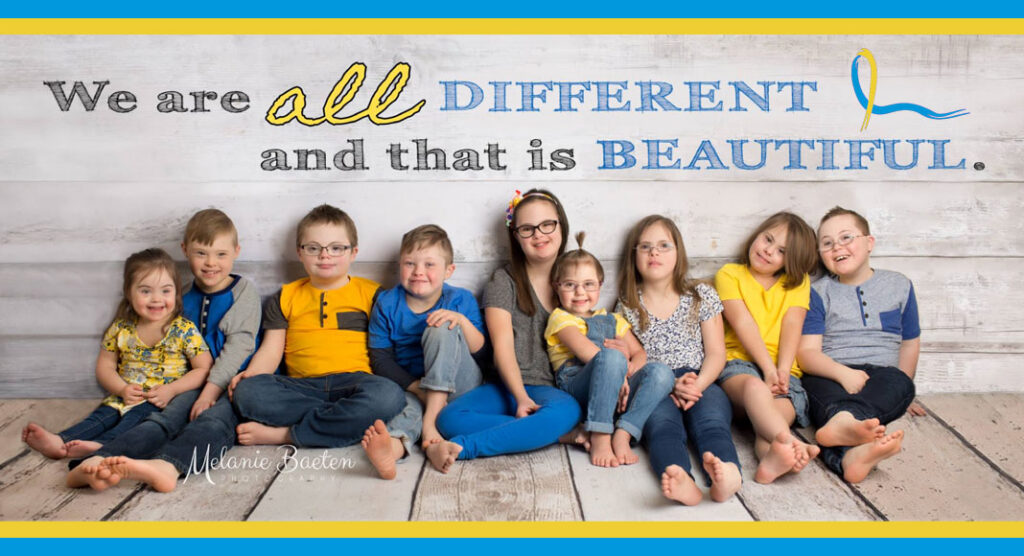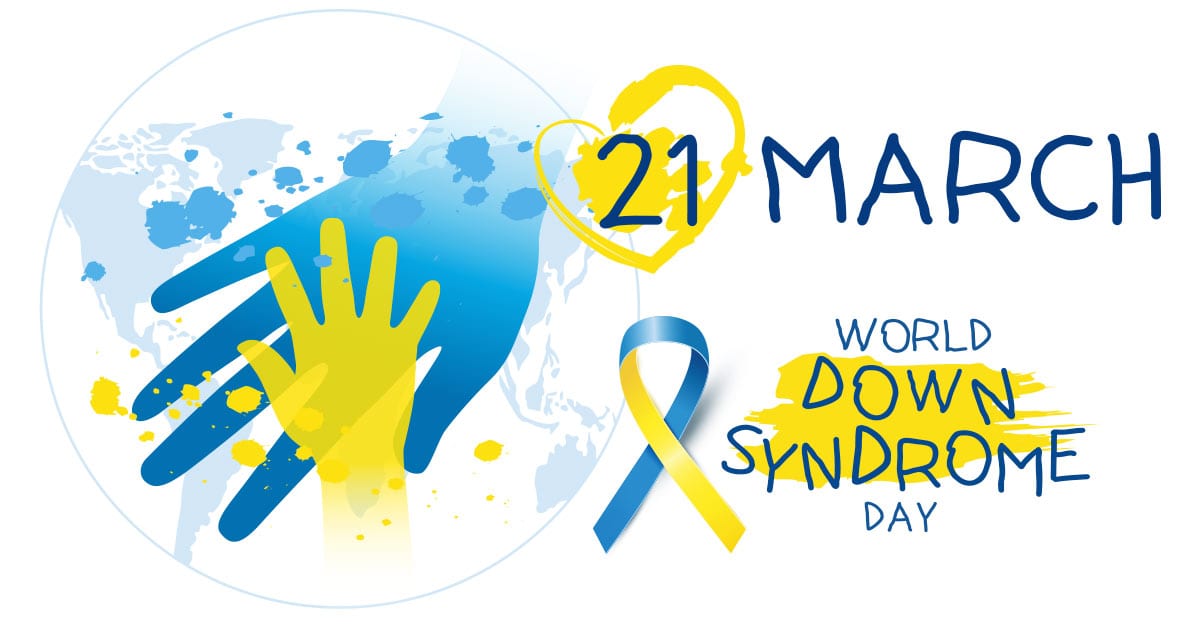By Maria Papagiannopoulou,
World Down Syndrome Day (WDSD) is a global awareness day that has been officially commemorated by the United Nations since 2012. It is held yearly on March 21st. The 21st day of the 3rd month of the year is designated as World Down Syndrome Day, to commemorate the extra copy of the triplication (trisomy) of the 21st chromosome that persons with Down syndrome are born with.
What is Down syndrome?
A chromosomal abnormality in which a kid is born with an extra chromosome is known as Down syndrome. Chromosomes are the body’s little “packages” of genes. They shape and function a baby’s body as it develops during pregnancy and after birth. On average, a newborn is born with 46 chromosomes. In Down syndrome newborns, one of these chromosomes, chromosome 21, contains an extra copy. A chromosome with an extra copy is referred to as trisomy. Trisomy 21 is another name for Down syndrome. The baby’s body and brain grow differently, as a result of the additional copy, causing mental and physical challenges for the youngster.
Despite the fact that people with Down syndrome may act and appear identical, each person has their own set of skills.
Down syndrome people often have a mild-to-moderately low IQ (intelligence quotient) and speak more slowly than other children.
Some common physical features of Down syndrome include:
- Flattened face, especially the bridge of the nose
- Almond-shaped eyes that slant up
- A short neck
- Small ears
- A tongue that is protruding from the mouth
- On the iris (colored region) of the eye, there are tiny white specks
- Small hands and feet
- A single line across the hand’s palm (palmar crease)
- Pinky fingers that bend toward the thumb on occasion
- Poor muscle tone or loose joints
- Shorter in height as children and adults.

Types of Down syndrome
Down syndrome is divided into three categories. Because the physical features and behaviors of each kind are so similar, people often cannot identify the difference without looking at the chromosomes.
- Trisomy 21 is found in about 95% of people with Down syndrome. Instead of the usual two copies of chromosome 21, each cell in the body has three copies of chromosome 21 in this kind of Down syndrome.
- Translocation: This kind of Down syndrome affects just a small fraction of people with Down syndrome. This occurs when an additional section or entire extra chromosome 21 exists, but it is connected or “trans-located” to another chromosome, rather than being a distinct chromosome 21.
- Mosaic Down syndrome is a kind of Down syndrome that affects roughly 2% of people with the condition. Mosaic is a phrase used to describe a variety or combination of items. In children with Mosaic Down syndrome, some cells contain three copies of chromosome 21, while others have only two copies. People who have Mosaic Down syndrome may share many of the same traits as other Down syndrome youngsters. Due to the presence of some (or many) cells with a typical number of chromosomes, they may exhibit fewer symptoms of the illness.
Physical traits and developmental issues are caused by the extra chromosome 21 in patients with Down syndrome. Down syndrome is caused by an extra chromosome, but no one understands why it occurs or how many different variables are involved.
One factor that increases the chances of having a child with Down syndrome is the mother’s age. Women who become pregnant beyond the age of 35 are more likely to have a Down syndrome-affected baby than women who got pregnant earlier. The majority of Down syndrome children are born to mothers under the age of 35, due to the higher number of births among younger women.
Down syndrome is a chronic condition that affects people for the rest of their lives. Early intervention can often aid newborns and children with Down syndrome in improving their physical and cognitive abilities. The vast majority of these programs are aimed at helping children with Down syndrome achieve their full potential. These therapies, which are typically delivered via early intervention programs in each state, include speech, occupational, and physical therapy. Although many Down syndrome children are incorporated into regular classes, they may require special assistance or attention at school.
References
- Official page of the National Association for Down Syndrome, nads.org, Available here
- Official page of the Global Down Syndrome Foundation, globaldownsyndrome.org, Available here
- Down syndrome, wikipedia.org, Available here




